
Alocasia Plant Care Guide
Due to its unrivalled sculptural and visual appeal, the Alocasia, which has some of the most striking foliage in the world of indoor plants, is becoming a more and more popular addition to indoor plant collections. This strikingly veined plant has about 80 species and is native to eastern Australia and subtropical Asia. Some specimens have leaves that can reach almost three feet long!
The distinctive and gorgeous foliage of Alocasia houseplants is well known. Broad, textured leaves with flat or wavy edges, a heart- or arrowhead shape, and distinctive veining that is frequently cream in colour and stands out sharply against the leaf's deep green colour. The alocasia plant has a strong presence. With its arresting appearance and undeniable charm, this plant draws you in and effortlessly adds seamless style to any coffee table or bookcase.
The stunning foliage of the Alocasia genus of tropical plants can serve as the focal point of a garden or interior space. Elephant's ear is a common name for the enormous heart- or arrow-shaped ears that large rhizomes or tubers produce.
Symbolism
The plant in all Western and Eastern adaptations of the Jack and the Beanstalk fairytale is said to be alocasia, which is known as "the tree that grows up to the heavens." Thus, it represents seizing opportunities as they present themselves, even if they are risky.
Species
Longiloba (Tiger Taro)
Cuprea 'Red Secret': This three-foot-tall variety is distinguished by its metallic bronze-red leaves.
Giant taro, or Macrorhiza
This is one of the most well-known and substantial types of Alocasia houseplants. It can reach a height of 15 feet and has leaves that are three to four feet long.
Amazonica
The 18-inch Amazonica species of Alocasia is a compact plant distinguished by red leaves with wavy edges and the shape of an arrow.
Alocasia 'Zebrina'
This is a hybrid variety with lean, zebra-like stalks and leaves that grow to be arrow-shaped. It typically starts as a small plant and can eventually get quite big.
Reginula "Black Velvet"
This small variety, which can reach a height of 18 inches, is distinguished by its dark green leaves and white veins.
Alocasia cucullata
A clumping, evergreen herbaceous plant that is grown both as a food source and as an ornamental in tropical and temperate Asia, where it is native.
Alocasia sanderiana
The kris plant or Sander's alocasia, also known as Alocasia sanderiana, is a member of the Araceae plant family. Although it is native to Northern Mindanao in the Philippines, it is widely cultivated as an ornamental plant.
Care
It is a hybrid ornamental plant that also comes in other varieties. If you want to grow an Alocasia plant at home, make sure you have the right kind of soil, water, and light. Here is a guide for caring for and growing plants at home.
These plants can grow quickly even in northern climates with a short growing season. Alocasia plants can produce a new leaf every week during the hot summer months. The leaf shapes can range from narrow arrowheads to broad heart-shaped leaves, and they can have different textures, including thick, waxy, slick, and glossy leaves.
The plant will start to rest once it enters its dormant season, which is in the late fall and winter. The plant will likely stay in its current state throughout the winter after the rapid leaf growth stops. Maintaining it will ensure that it grows quickly again the following growing season.
Sunlight
Depending on the species and variety, different plants require different levels of light, from shade to direct sunlight. Find out if the plant has been sun-trained by the grower or seller. The leaf colour of plants that thrive in more light tends to be better.
Although most Alocasia species can survive in the shade, they frequently prefer filtered sunlight that is a little bit brighter. The larger varieties can be conditioned to withstand the intense tropical sun.
Soil
Elephant's ear can be planted in crumbly loamy soil or a loose, well-drained potting mix. They prefer slightly acidic soil, which is what a typical peat-based potting mix offers.
Water
Even though Alocasia plants love water, keep them moist all year long. With these plants, there is a fine line to walk. The soil should be kept moist but not drenched. Since the plant is dormant during the winter, they need less water.
Before watering, let the top few inches of the soil almost dry out. It's important to keep the soil moist but not wet. The plant is more vulnerable to fungus infections in wet soil.
Temperature
Less than 60 degrees Fahrenheit will be harmful to elephant ear plants. During colder months, some varieties will die back and resprout from the rhizome. During the warmer months, if you place your alocasia on a patio or other outdoor space, be sure to bring it inside well before the temperature drops below 50 degrees Fahrenheit. Keep the plant away from draughty windows, exterior doors, and vents for air conditioning or heating. These temperature swings might prevent growth and even harm the leaves.
Alocasia will hibernate during the colder months, so keep that in mind. They won't necessarily lose all of their leaves, but they will stop growing, so you should keep them in slightly cooler temperatures so they can relax.
Humidity
They need extremely humid environments to survive and thrive. Place your plant on a tray filled with pebbles, then add water until it rises to just below the bottom of the pot. This will increase the humidity level around your plant. Keep them away from air conditioning, doors, and windows that can draught cold air.
Fertilizing
Regular fertilising can assist these plants in producing new growth, especially when they are actively growing indoors. Species with unusually large leaves may gain from feedings. A fish/seaweed emulsion, a slow-release fertiliser, or a complete liquid fertiliser that has been diluted are all excellent options for alocasia. If your alocasia is dormant, avoid fertilising it.
Pruning
It's simple to prune your Alocasia by removing its wilted leaves. As new leaves emerge, it is typical for leaves to shrivel and die.
Propagation
The majority of Alocasia plants can be propagated by rhizome or clump division, which is simple to do and will result in many more plants. Perform this task in the spring, when plants are growing and you can increase the amount of this plant in your garden.
Choose root clumps that have grown larger over time when digging up your plant so that there are lots of rhizomes to divide.
With clean pruners, remove sections of the underground rhizome, and then plant each one separately in moist potting soil.
Up until new growth starts, which usually takes a couple of weeks, keep pots warm and moist. When you pull on them and they resist with enough roots, they are ready to be potted.
Elephant's Ear Growing Instructions from Seed
Because it is so simple to quickly multiply this plant by dividing its roots, seed propagation is rarely used. However, if your mature plant does flower and produce seed pods, you can harvest the seeds from the dried pods and plant them in nutrient-rich potting soil made of peat. Place the seeds on the ground, and then cover them with a thin layer of extra potting soil. Till they sprout, keep the potting soil damp but not soggy.
But have patience, as growing seedlings into mature plants with their distinctively large leaves can take years.
Plant diseases and common pests
The disease does not frequently strike Alocasia plants. But spider mites are a problem for the majority of Alocasia species. You might want to keep them in a protected area, particularly during storms, because their large leaves are also susceptible to being torn by strong winds.
What to Do to Make Elephant's Ear Bloom
Although Alocasia plants are more commonly grown for their foliage than for their flowers, they do occasionally bloom after being moved outside in the spring, more frequently on older, mature plants than on young ones. Although the flowers are unremarkable, if you want to try to induce blooms for the sake of seeds, make sure your plants are exposed to the outdoors during the spring and summer.
Pet friendly or foe
Due to the sheer calcium oxalate crystals present in the plant's sap, it is poisonous to both people and animals. But this is more of a defensive mechanism, and eating the plant usually has unpleasant side effects and isn't usually fatal.
Benefits
In addition to being an ornamental plant, the genus Alocasia has been used for centuries to treat many illnesses, such as cancer, diabetes, constipation, diarrhoea, and more. The Alocasia species has been linked to a variety of phytochemicals, including flavonoids and phenolic compounds, which contribute to its traditional uses.
Alocasia has been used medically in some South-East Asian countries. A. macrorrhizos stems that have been boiled are used as a laxative, chopped-up roots and leaves are used as a rubefacient, and petiole juice is used to treat coughs. The plants are used to stimulate the skin, such as in fever cases and to get rid of blotches. Furuncles can occasionally be treated with a poultice made from the rhizome. To treat snakebite and scorpion sting injuries, the pounded stems are used as a paste.
Common Elephant's Ear Challenges
As long as you provide elephant ears with the proper amount of light and water, they are simple plants to grow. Have issues with yours? These fixes ought to be beneficial.
Yellowing leaves
Your elephant's ear may be developing yellow leaves for many reasons. It's most likely a watering issue; too much or perhaps too little watering can result in discoloured leaves. Elephant ears consume a lot of water—up to several inches per week. The yellowing could be caused by you giving them less or more, respectively.

They also require adequate sunlight; if they receive less than the recommended amount, this can result in leaf yellowing. If they are in a pot that is too small, their leaves may also turn yellow. When did you most recently replant? Are they comatose? Repotting could be the solution. Elephant ears may also become dormant. When the plant is moved outside in the spring, active growth frequently resumes.
Light or spotted brown leaves
Direct sunlight or rapidly moving the plant from a dim to a bright area can expose it to too much light.
Drooping or withered leaves
Due to excess or insufficient light or fertiliser, elephant ear leaves occasionally droop or shrivel. Your plant will reward you with healthy foliage if you make the appropriate adjustments.
Crispy Alocasia leaves that are dry
This typically indicates that the plant's environment has too little humidity. They enjoy warm areas of your home, but they also require a specific amount of moisture. Some people suggest misting the plant, which will probably be helpful in the short run but requires daily maintenance. Try some of the more traditional methods of accomplishing this for a more long-lasting solution if this is too much work.
FAQ’s
What are some of the prominent issues with Alocasia?
You might notice yellowing of the leaves as a result of excessive or insufficient watering or insufficient sunlight. If they are grown in a small pot, they may also turn yellow, necessitating repotting. Similarly to this, inadequate or excessive sunlight or fertiliser may cause the leaves to shrivel or droop.
Why are the leaves speckled?
Salts, minerals, and chlorine in tap water can cause spotting in alocasias if they are sensitive to them. Before applying the water to the plant, let it sit in a bucket or watering can for 24 hours. Some of the unwanted materials will be able to vaporise as a result. You could also use distilled water.
Why keep dying the leaves?
Nothing may be wrong at all. Elephant ear plants naturally shed leaves as they are growing new ones because they grow so quickly. Simply cut off any sagging or collapsing leaves.
How should I decorate with this plant?
Elephant ear plants often look their best in contemporary or tropical-themed rooms because of how striking and geometric they are.
How long is the life span of an elephant's ear plant?
The lifespan will differ from type to type given the wide variety of species available. However, you can prolong the life of your plant for many years by performing routine repotting and division.










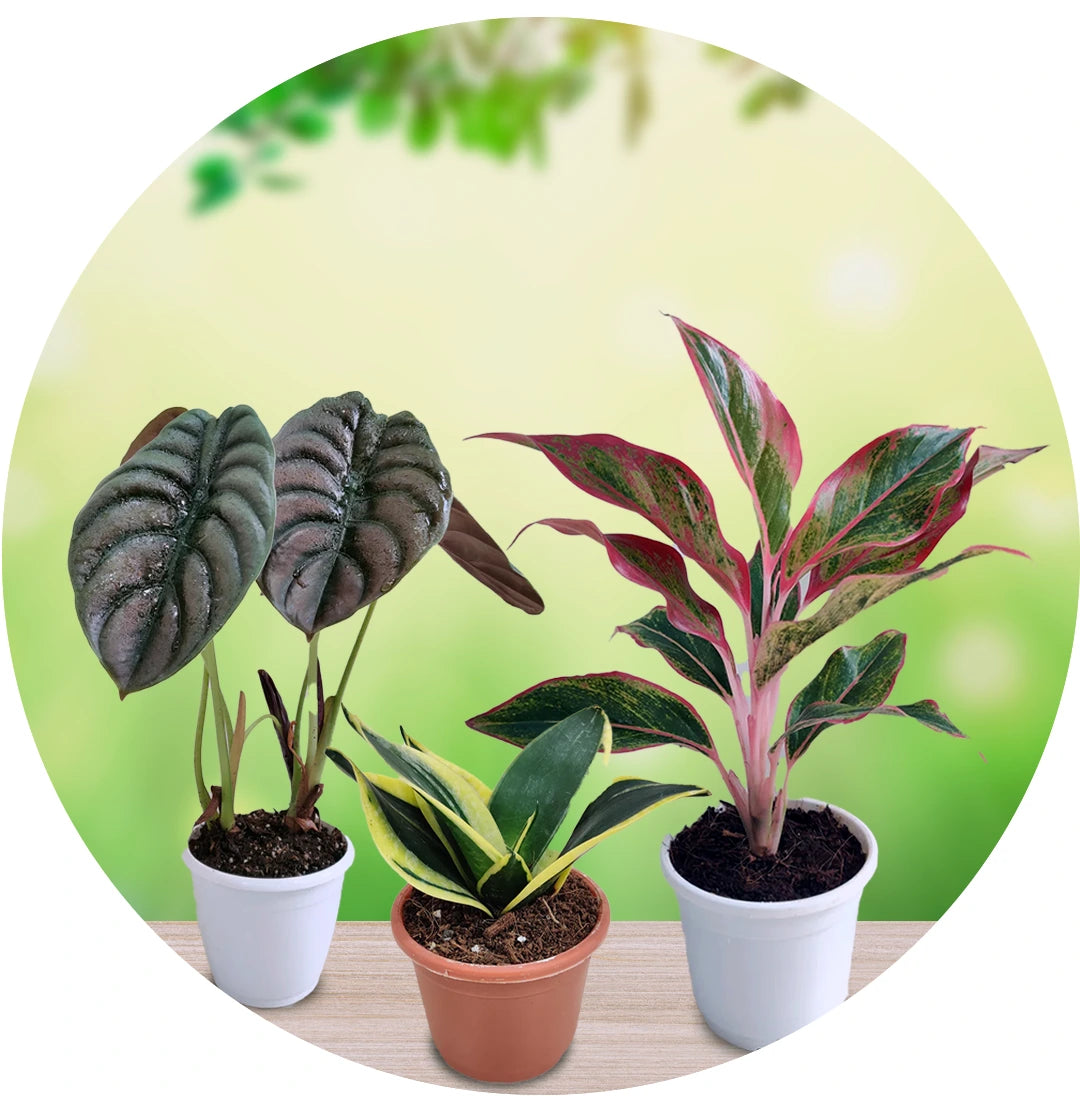
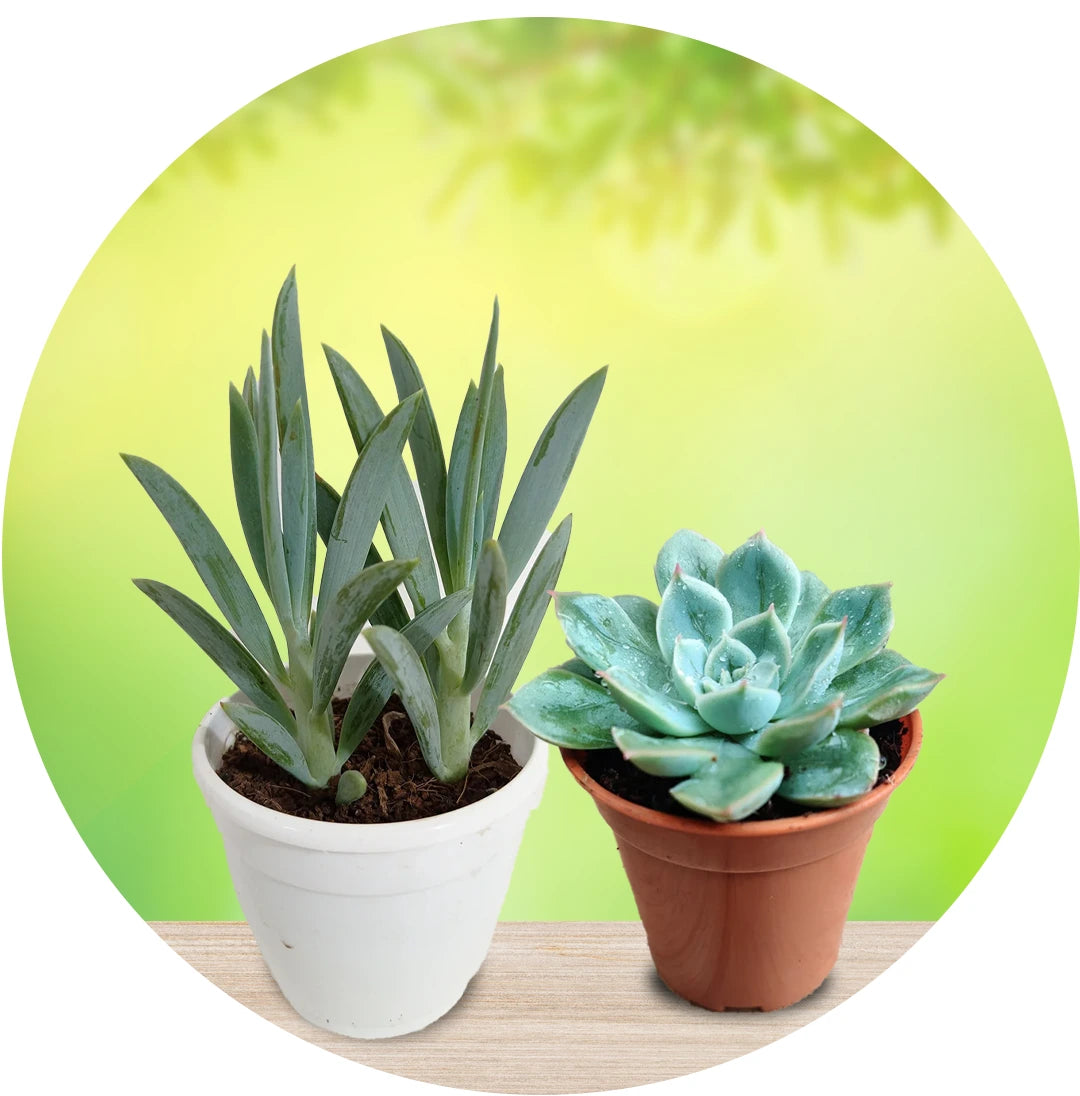
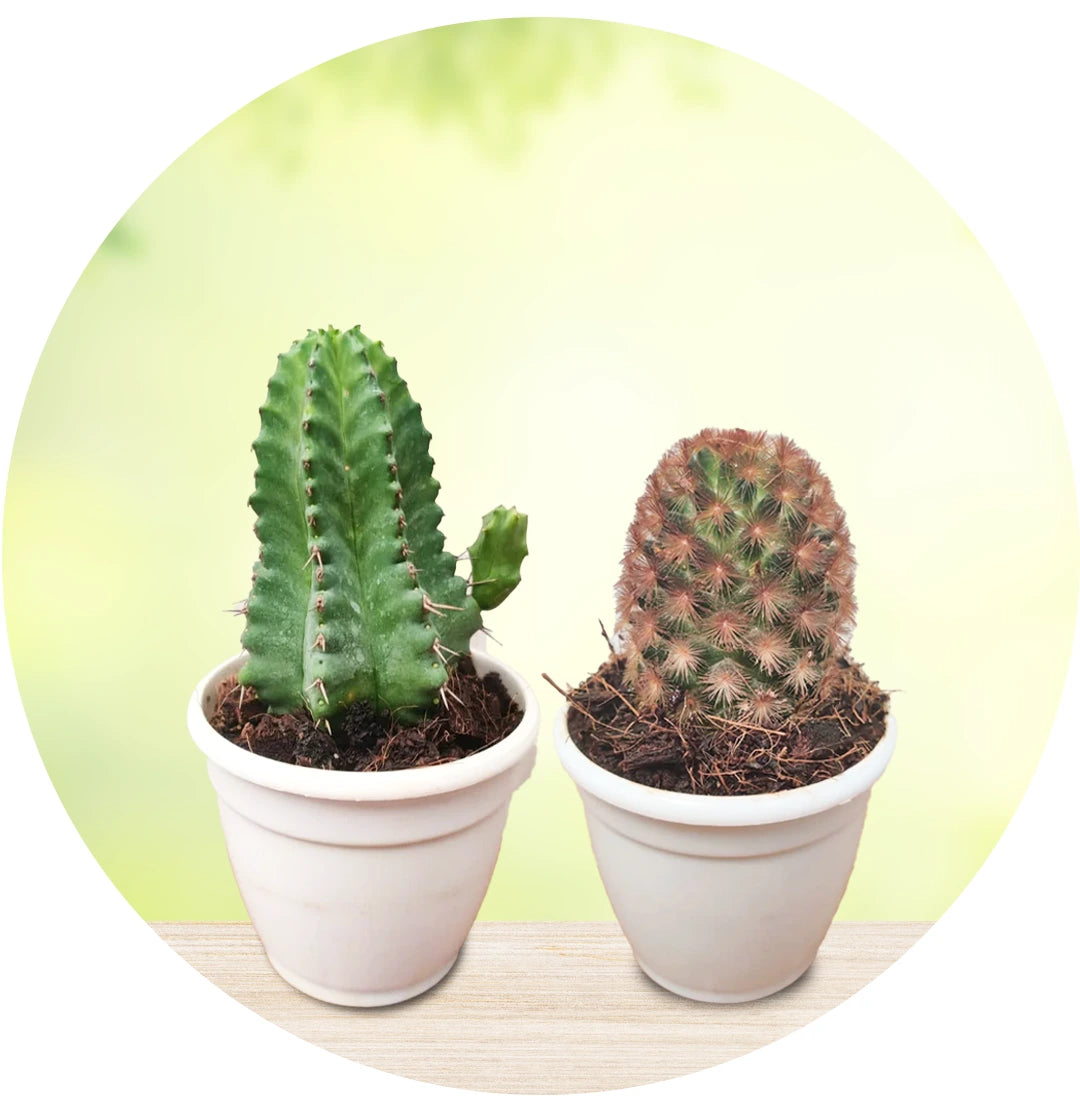
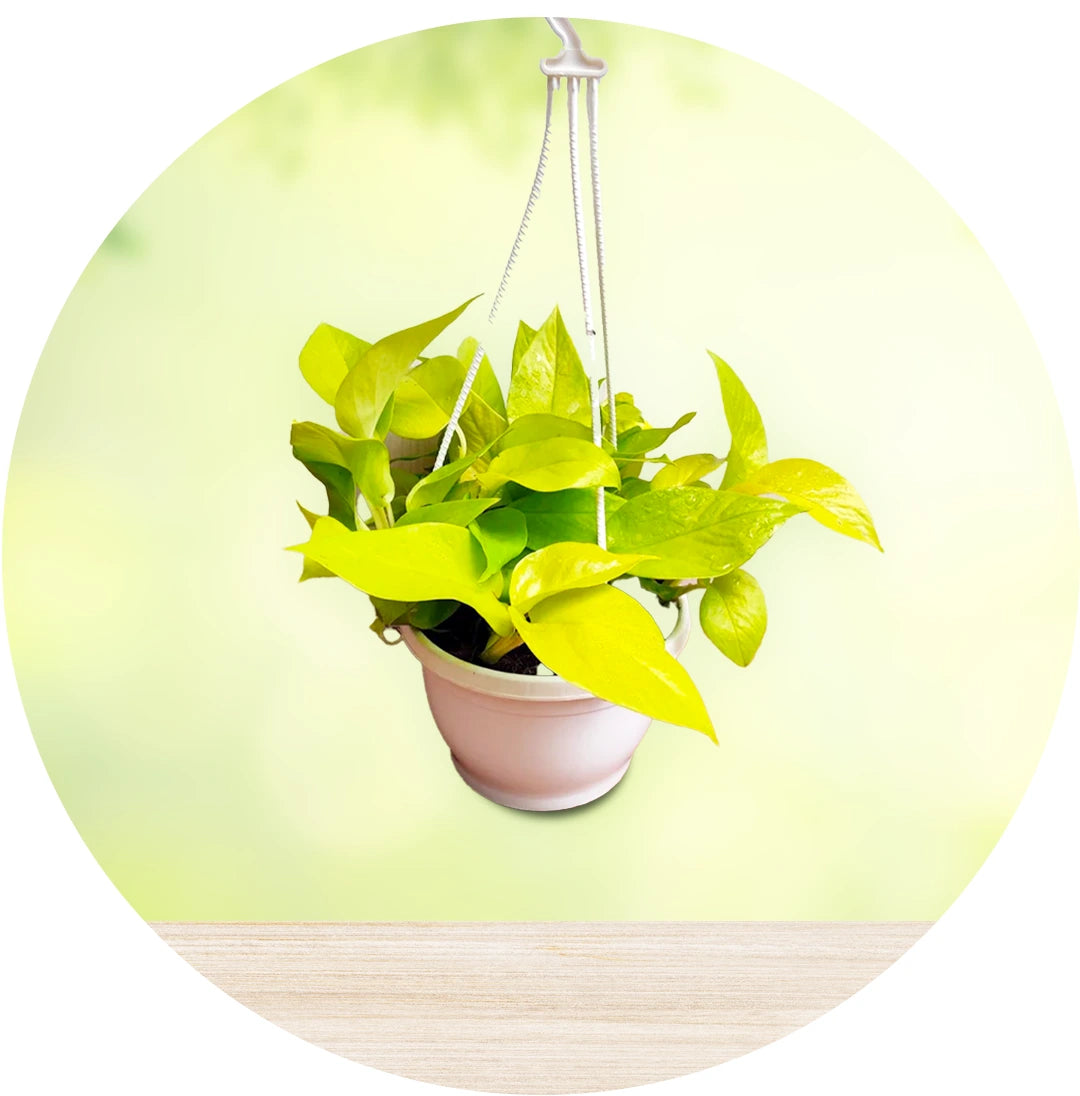
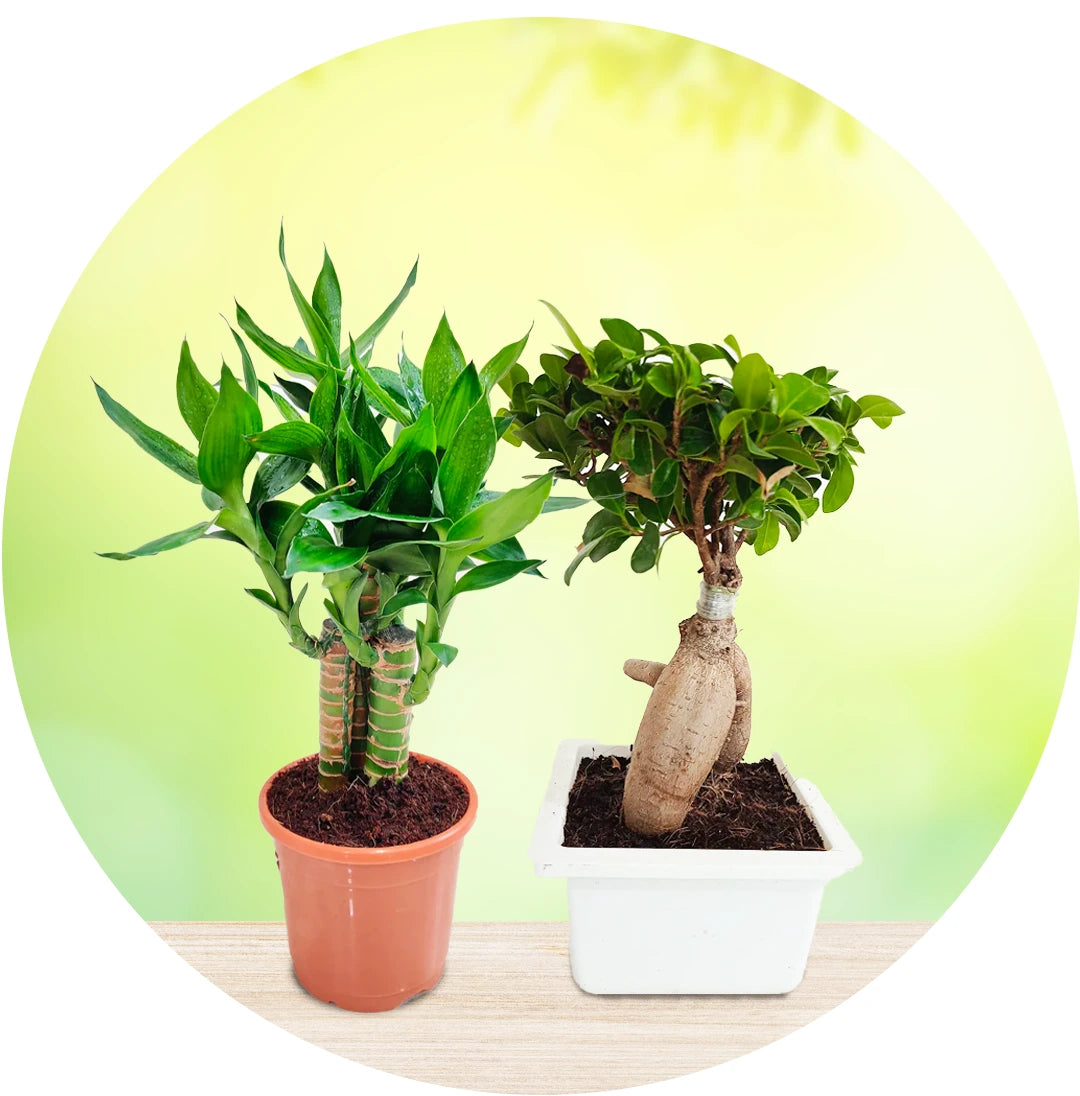
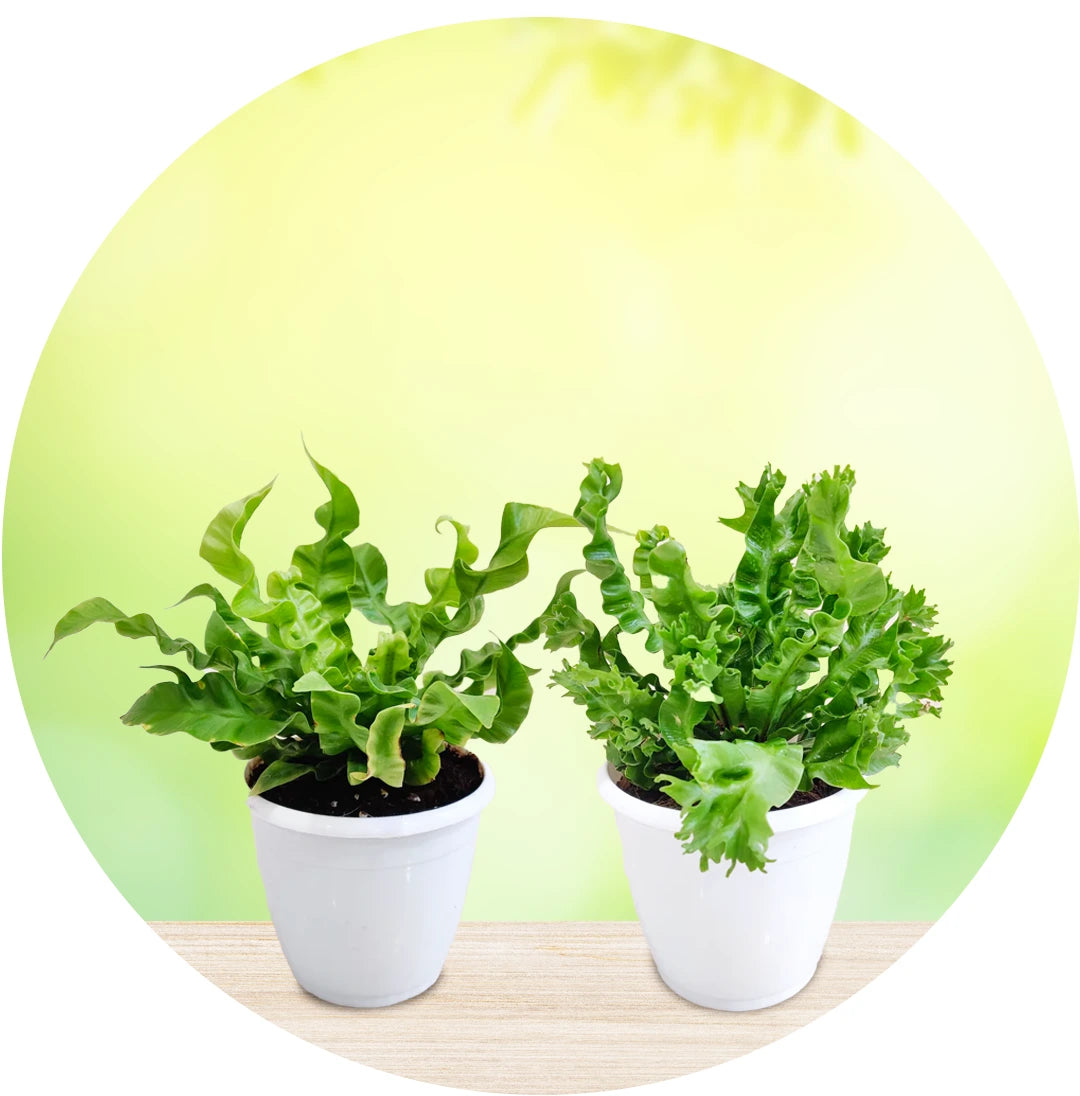
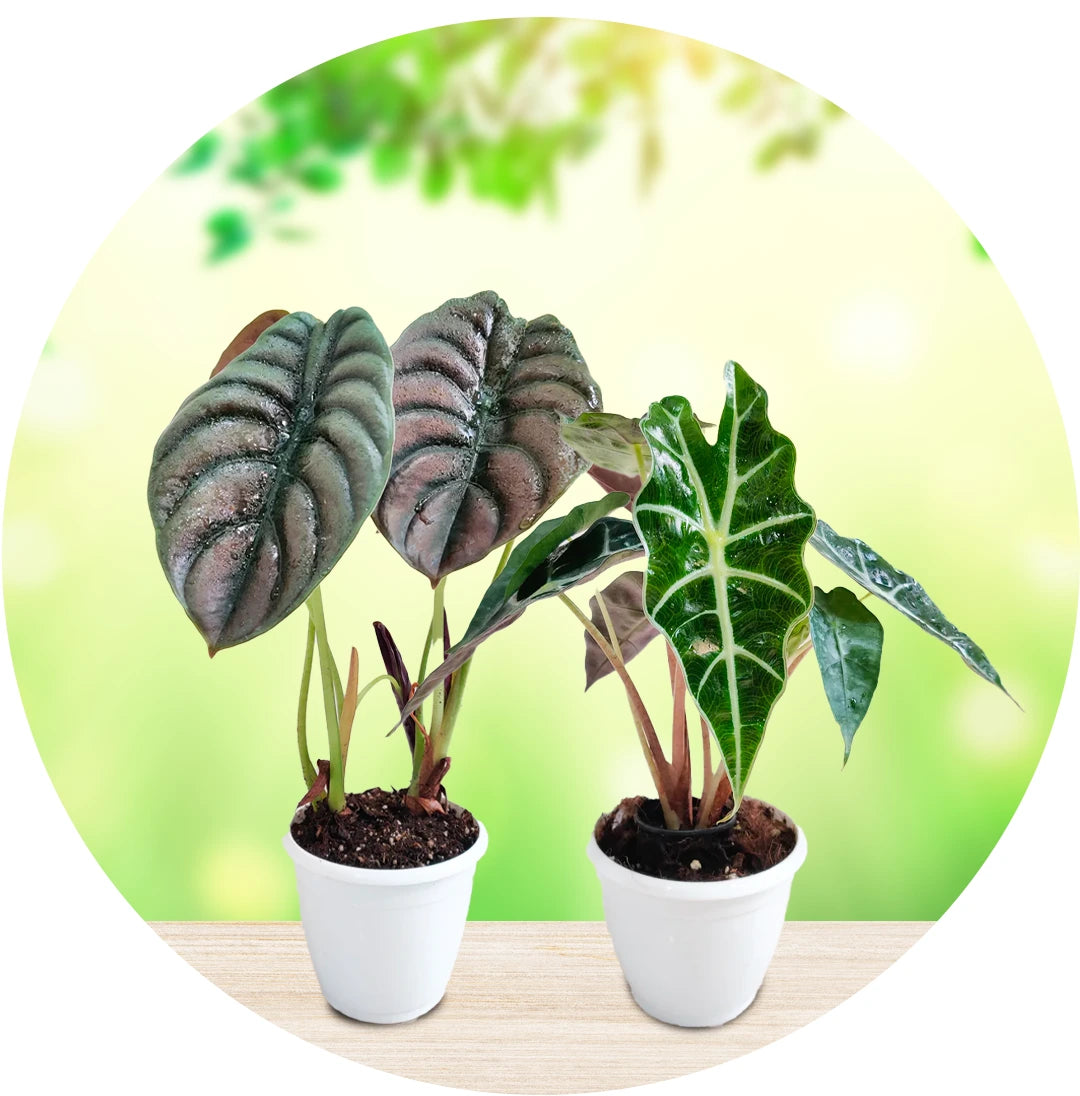
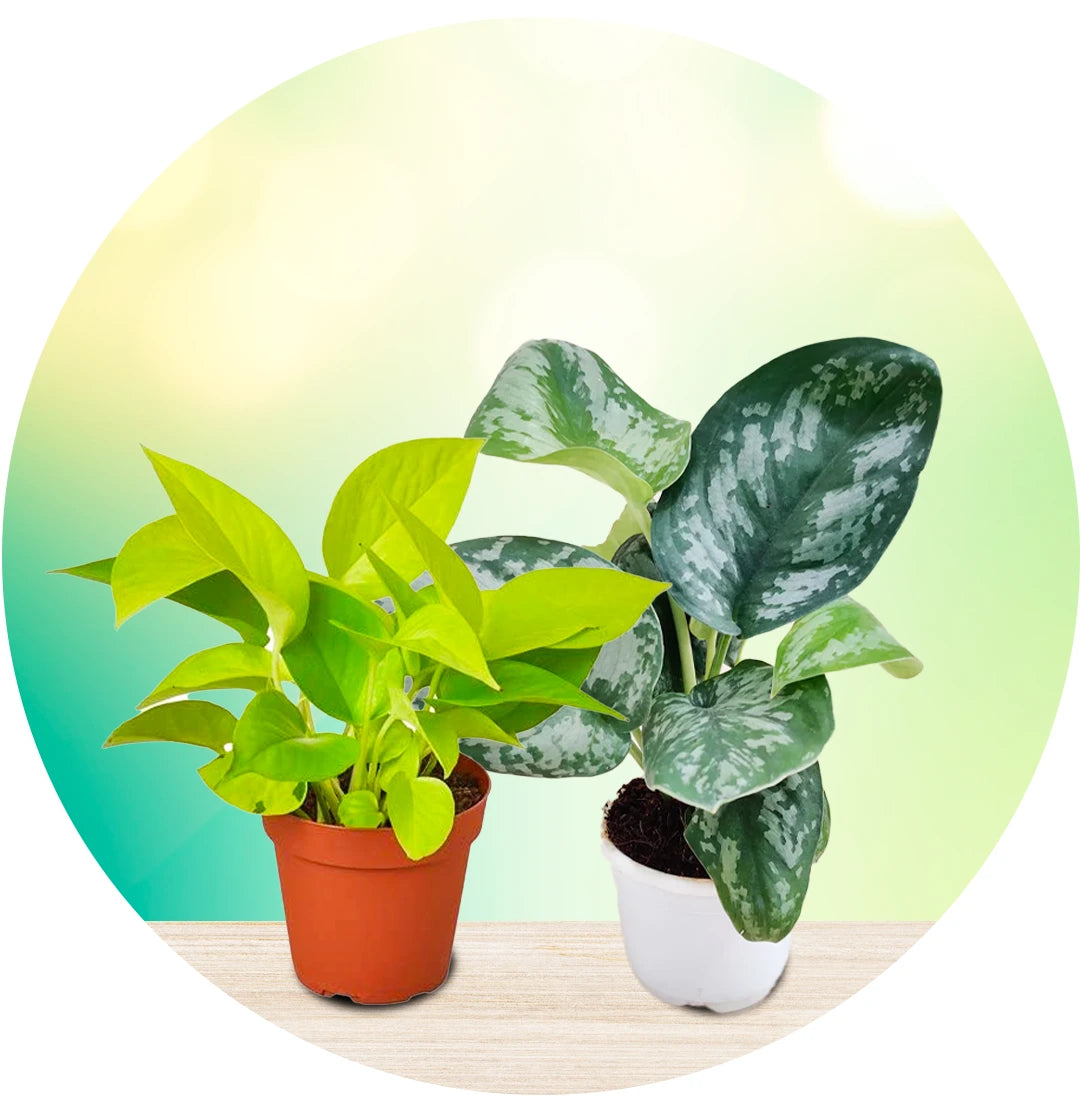
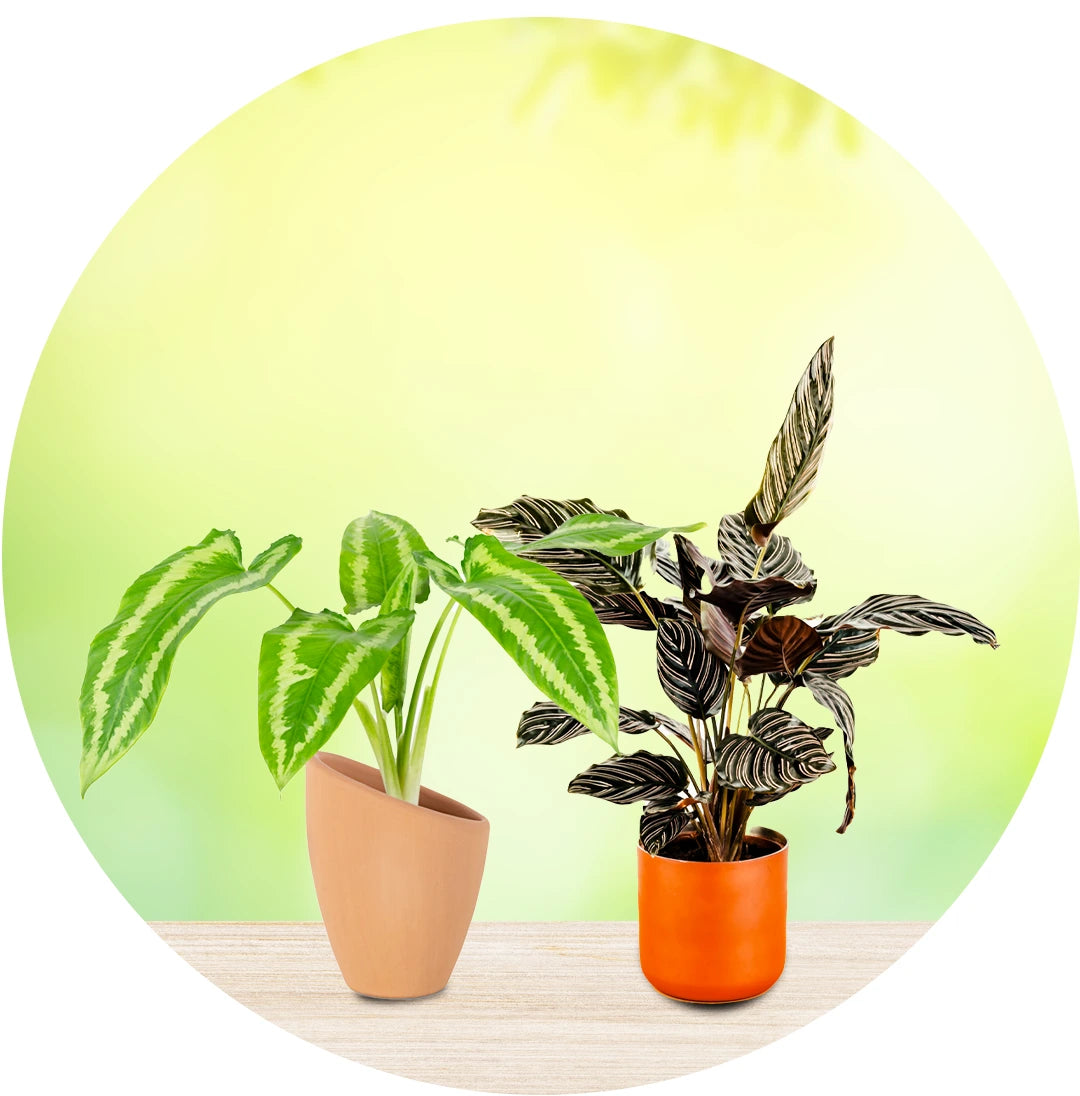
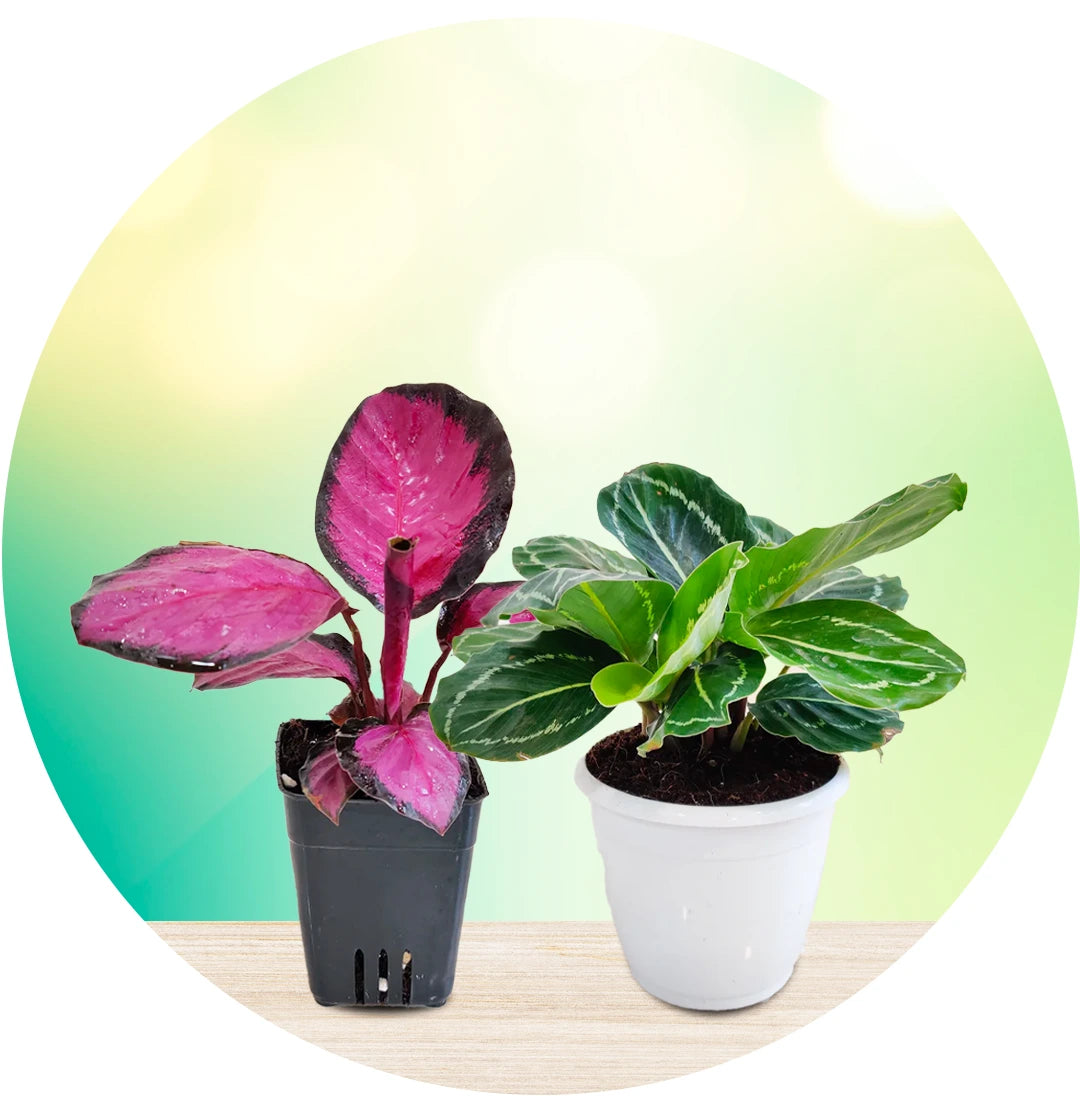
Leave a comment